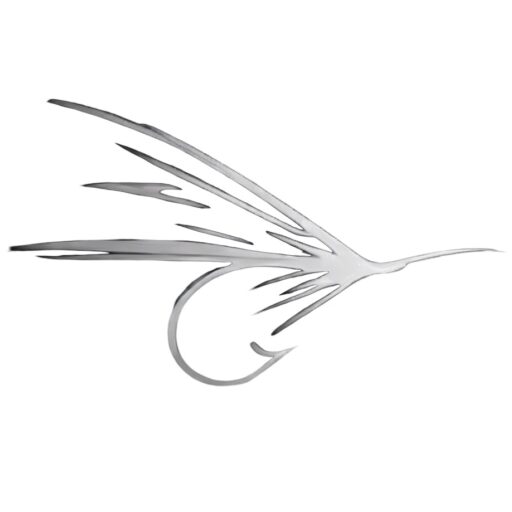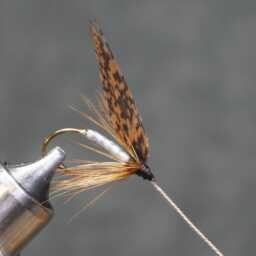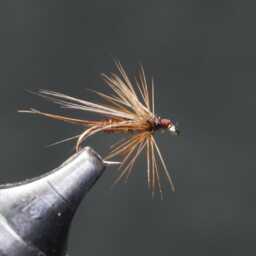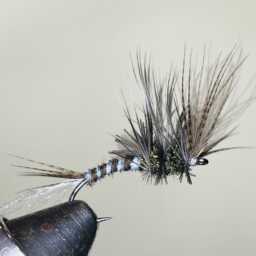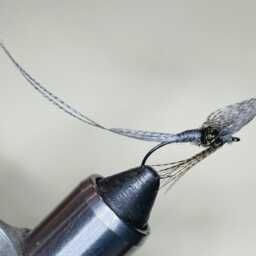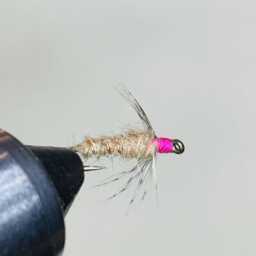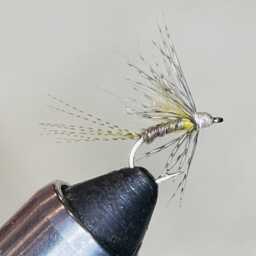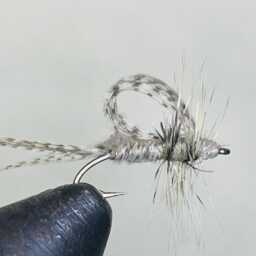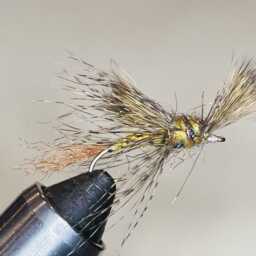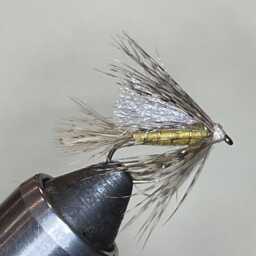Cranes, belonging to the Gruidae family within the Gruiformes group, are sizable birds characterized by elongated legs and necks. This family encompasses 15 species across four genera: Antigone, Balearica, Leucogeranus, and Grus.[1] Typically large with slender bodies, they possess long secondary feathers on their wings extending beyond the tail. While most species exhibit muted gray or white plumage with black markings and red facial patches, the Balearica genus stands out with vibrantly colored wings and distinctive golden “crowns.” Cranes’ flight style involves extending their necks outward rather than forming an S-shape, while their lengthy legs remain stretched out during flight.
Cranes are very large birds, often considered the world’s tallest flying birds. They range in size from the demoiselle crane, which measures 90 cm (35 in) in length, to the sarus crane, which can be up to 176 cm (69 in), although the heaviest is the red-crowned crane, which can weigh 12 kg (26 lb) prior to migrating.[citation needed] They are long-legged and long-necked birds with streamlined bodies and large, rounded wings. The males and females do not vary in external appearance, but males tend to be slightly larger than females.[5]
The plumage of cranes varies by habitat. Species inhabiting vast, open wetlands tend to have more white in their plumage than do species that inhabit smaller wetlands or forested habitats, which tend to be more grey. These white species are also generally larger. The smaller size and colour of the forest species is thought to help them maintain a less conspicuous profile while nesting; two of these species (the common and sandhill cranes) also daub their feathers with mud which some observers suspect helps them to hide while nesting.
Most species of cranes and change the intensity of colour. Feathers on the head can be moved and erected in the blue, wattled, and demoiselle cranes for signaling, as well.
Also important to communication is the position and length of the trachea. In the two crowned cranes, the trachea is shorter and only slightly impressed upon the bone of the sternum, whereas the trachea of the other species is longer and penetrates the sternum. In some species, the entire sternum is fused to the bony plates of the trachea, and this helps amplify the crane’s calls, allowing them to carry for several kilometres.[5][6]
« Back to Glossary Index